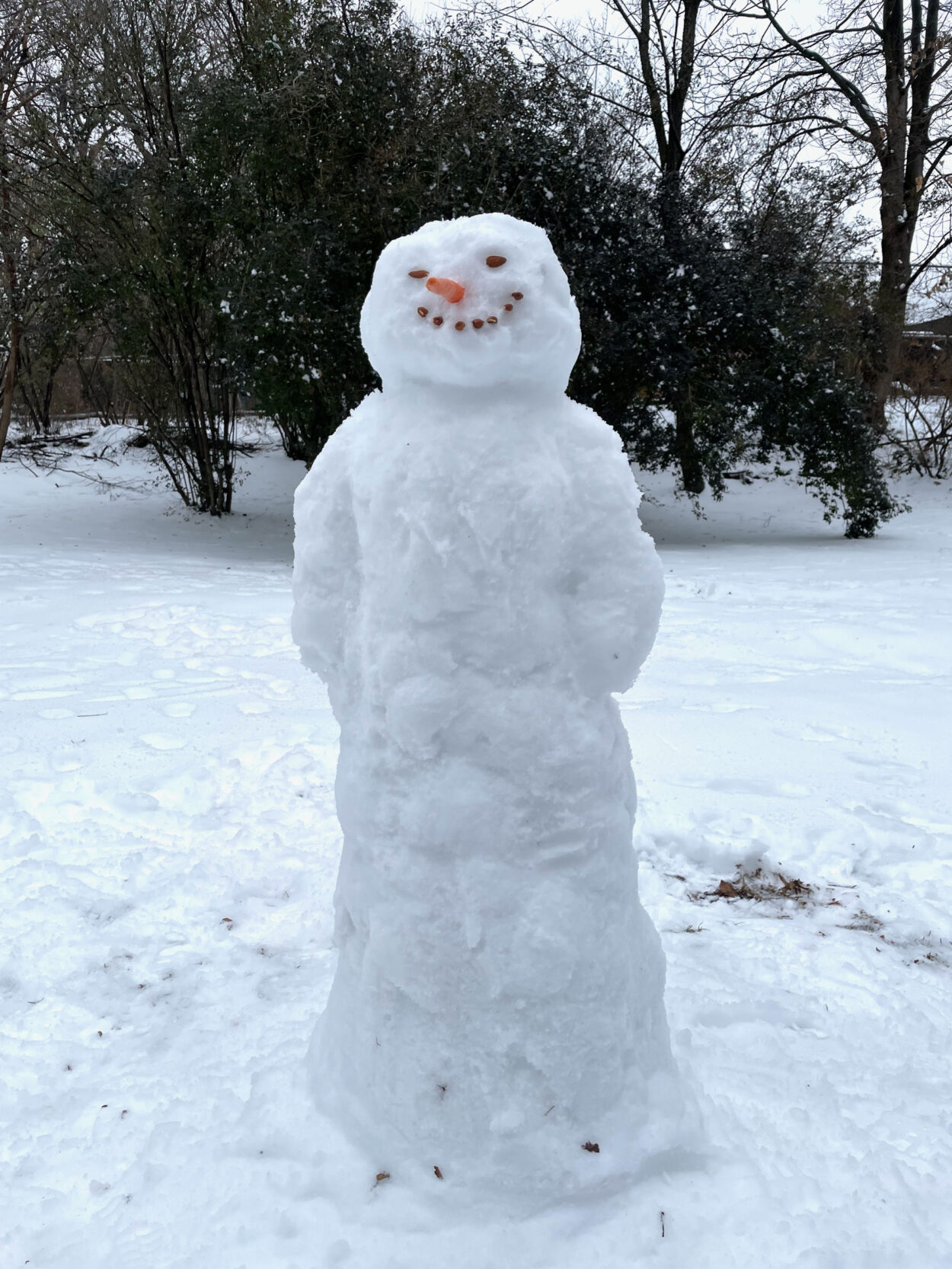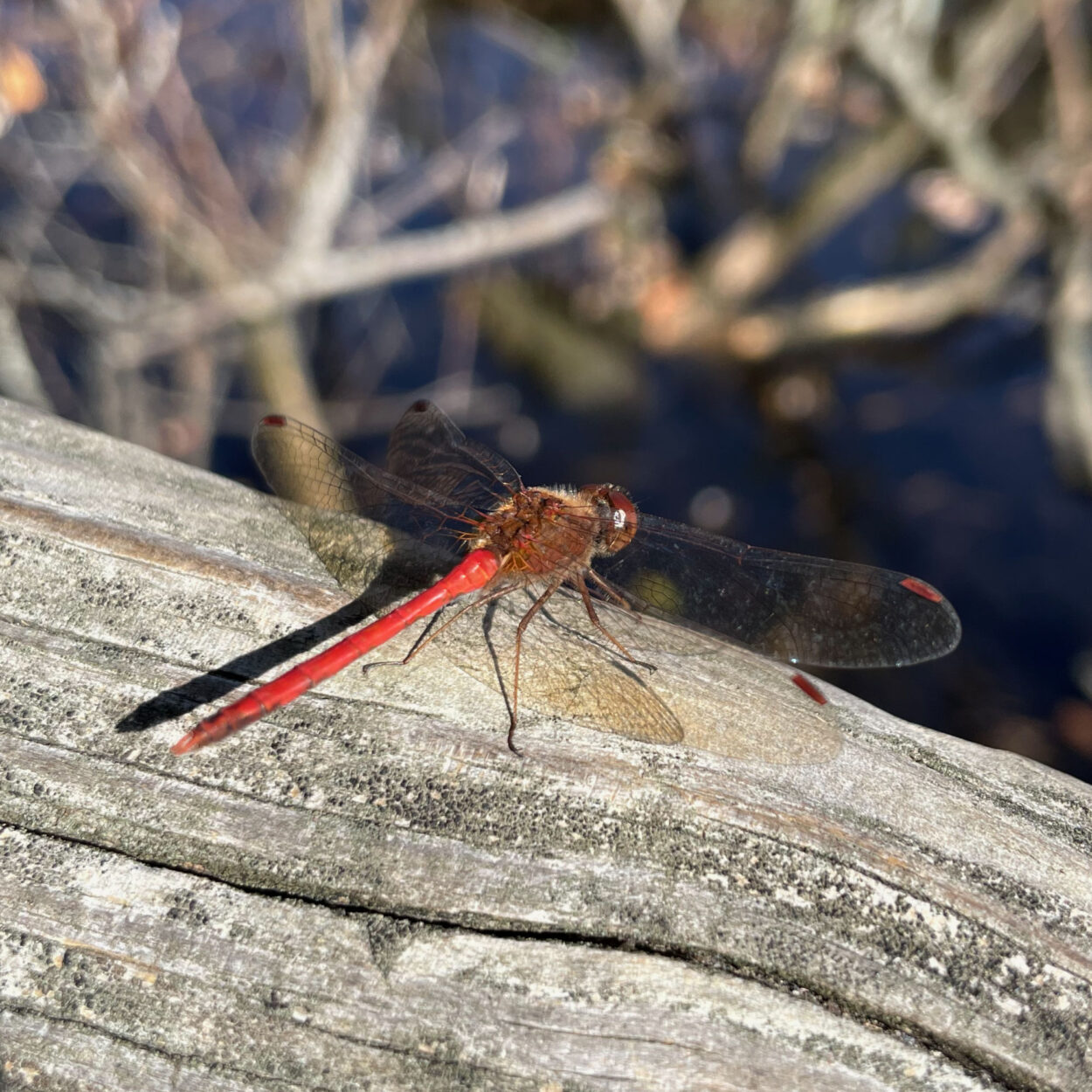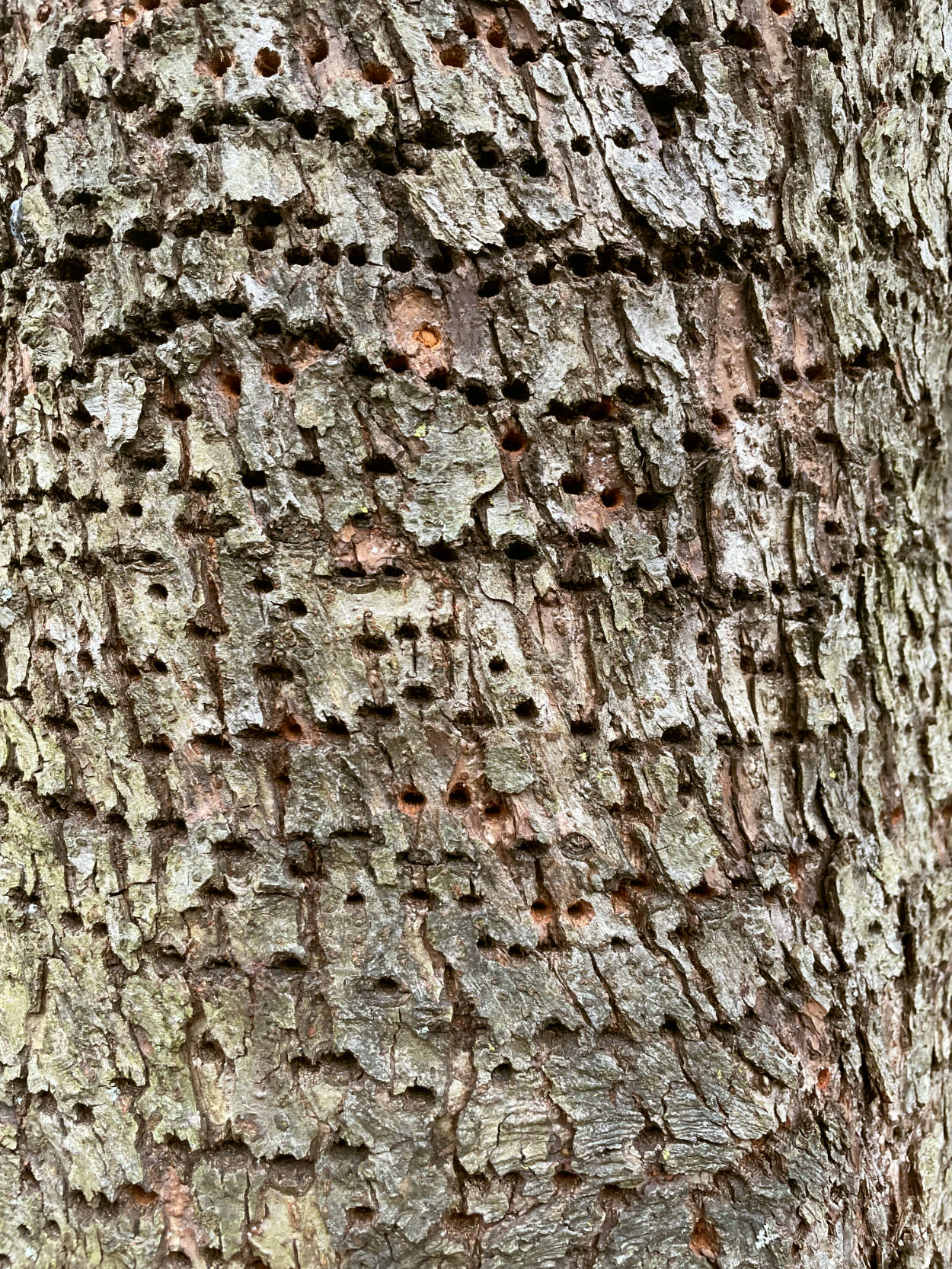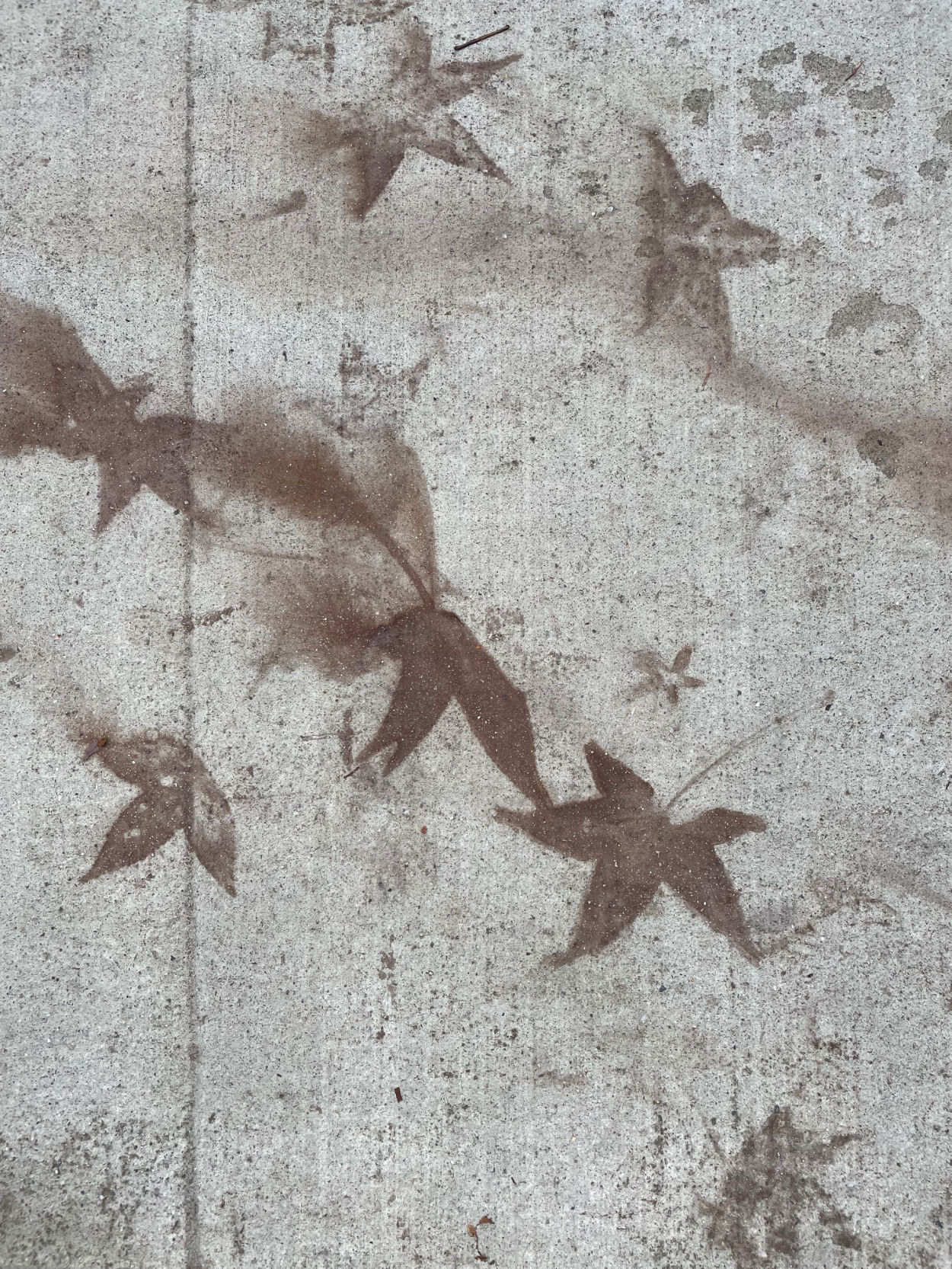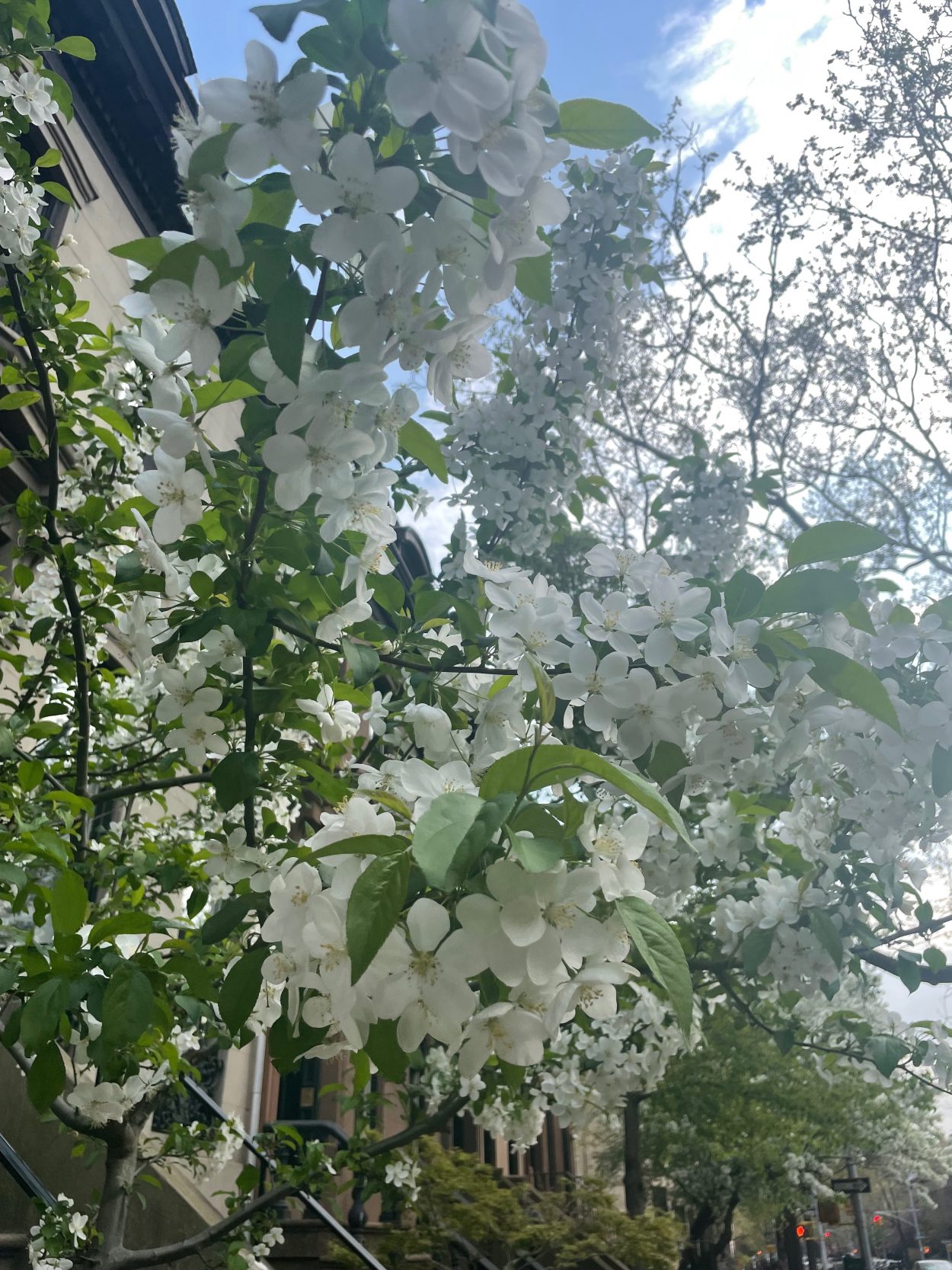Published
A bird
I came across a sparrow yesterday on the busy corner near B&A’s daycare on the way to pick them up. It looked like a tiny pile of leaves on the concrete, and people kept coming *this close* to stepping on it by accident. I realized what it was in exactly the same moment as a dad and his kid three steps ahead of me, the little boy started whispering worriedly. I picked it up gently and put it in the nearest reasonable spot, a very tall planter with a lot of greenery. It was like nothing, a little mound of trembling lint with claws. I know you’re not supposed to move stunned birds but I figured there was no way it wasn’t going to get flattened like a pancake otherwise. And it made sense, I was literally seconds away from daycare where they had a bathroom right by the door and I could wash my hands.
In the few remaining steps to daycare, I was instantly overwhelmed by a huge wave of deja vu and dread. I suddenly thought, “bird flu…” and was mentally thrown back in to the earliest days of the pandemic when everything was dire and nothing was certain, when we were wiping our groceries down with bleach wipes, wearing masks when passing someone on a trail in the woods, living with a permanent empty lump lodged somewhere between our throats and the base of our skulls and thinking, “Surely this isn’t right? Am I doing something wrong? Is this what I’m supposed to do to stay safe, to keep everyone safe, to make this go away?”
I washed my hands for 40 seconds and tried to stop thinking about it, but the feeling lingered the rest of the night, this existential what-if-I-just-seriously-fucked-up feeling, and it’s still sort of present now. I know it’s extreme but also, life feels pretty extreme right now.
I picked up AB and BB, and told BB about the bird. We walked up to the planter and found it still there, but under a few more leaves. It was gone by the same time the next day.
